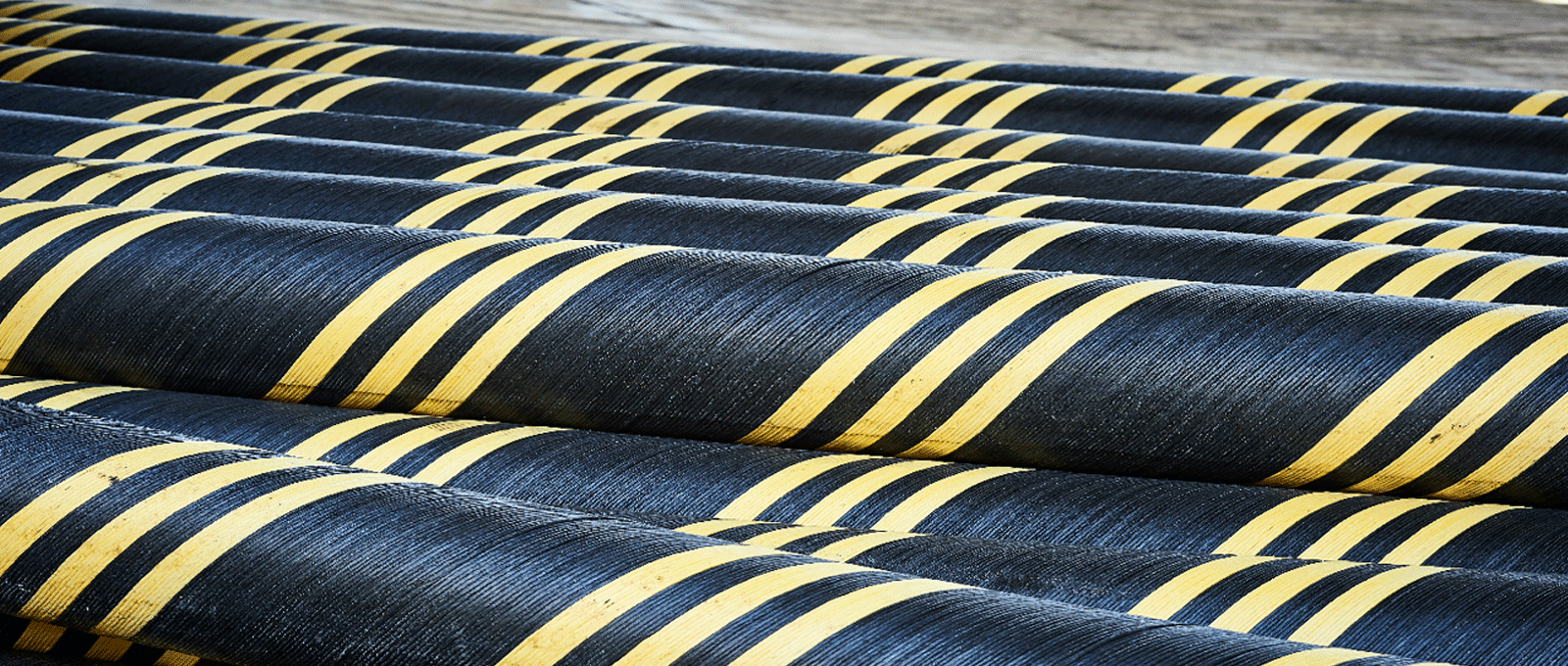High voltage transmission will be increasingly used to connect offshore wind farms to land power grids, as well as transmitting high levels of electrical power across the sea over long distances and cross countries, connecting places where clean energy is generated to places where clean energy is needed. In this way, HV cabling will be essential in realizing global decarbonization goals and helping limit global warming to 1.5 °C. As the enabler of the energy transition, Prysmian can rely on different innovative solutions.
Prysmian’s 525 kV HVDC cable system is an excellent example: a thermoplastic breakthrough technology operating at high temperatures and enabling up to 2GW power transmission, for both land and submarine projects. This system can connect remote power generation areas such as wind generation-rich regions to major consumption centers, typically located far from renewable energy sources, while also reducing the required land usage and ensuring lower environmental impact.





